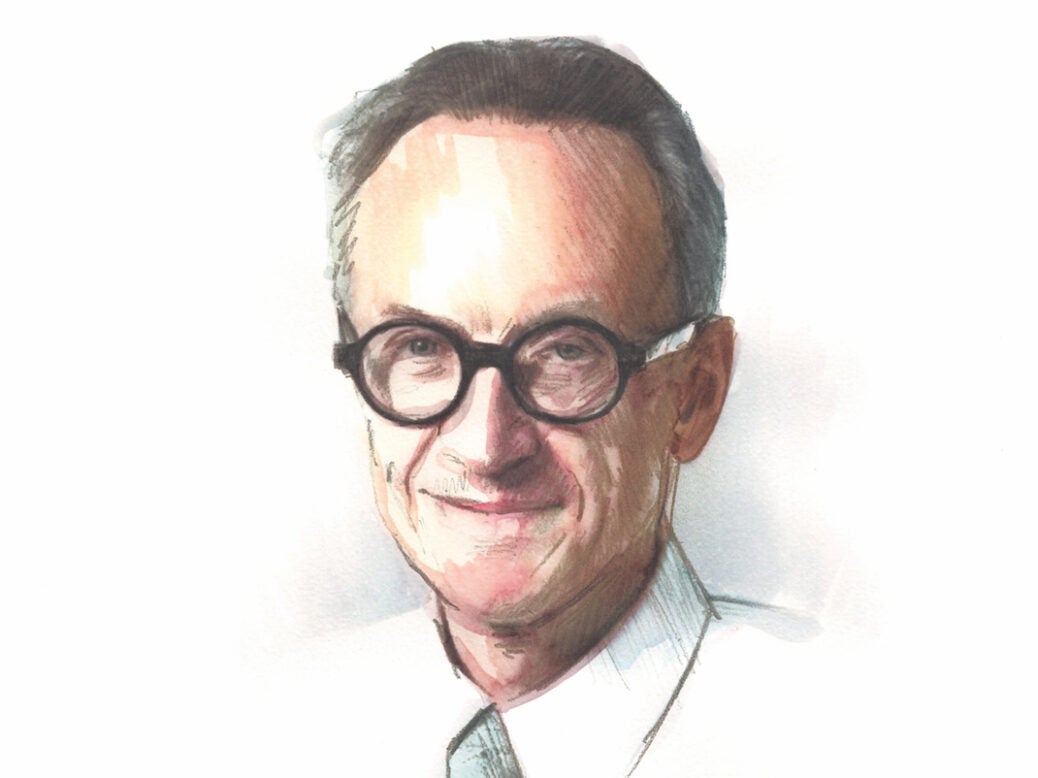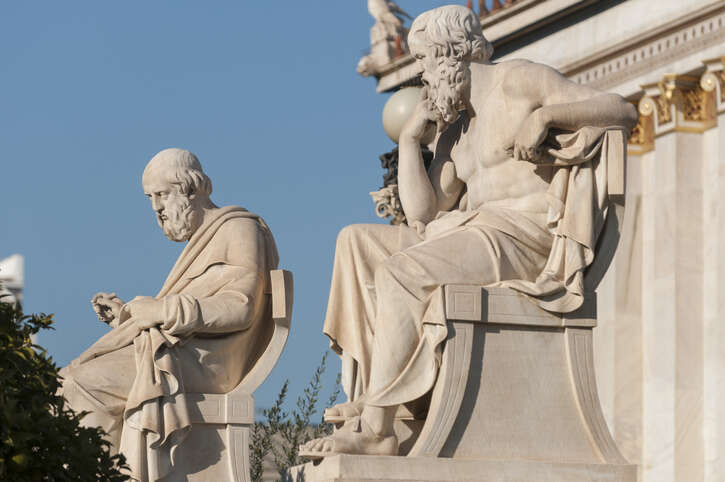
One Bottle: 2011 Château Suduiraut Sauternes
A week ago, I stood in the vineyards of Suduiraut. There was a soft radiance to the late October sunlight; tempers, though, were fraught. Catastrophic mildew swiped much of the 2018 crop back in June. After that, summer had been majestic. Most of the Bordeaux crop had been picked in unhurried luxury: the long echo of August’s roar. Down in Sauternes, though, that dry September air was unwelcome: no fog. You could, alas, see where you were going in the morning; you could watch your neighbors, and they could watch you watching them; there was ample time to swap data feeds, organize storage facilities, catch up on postponed dental appointments. Botrytis crept on, but only slowly.
I peered at the bunches. Sauternes fruit on the vine is always a revolting sight, a hideous gray-brown congregation of the wan, the speckled, the shriveled, the flaccid, and the bearded. Decay, disease and discoloration take their seemingly evil pleasure, an invasion force ripping into every innocent bunch, leaving it grotesque and despoiled. So in 2018… but this was October 24. The creators were still waiting; botrytis had not gone far enough; there was not enough shriveling. Those making fine red Bordeaux might expect yields of 40–50hl/ha; this year, they muttered at Suduiraut, 8 to 10hl/ha would be welcome. Pricing twists the knife. We bought two bottles of 1999 Suduiraut for €90 at the property. The following day, for the same dinner, we bought a magnum of 2004 Pichon Baron at the property in Pauillac—for €300. You need nobility of spirit to make wine in Sauternes. There is little earthly reward.
Except that… its creators get to drink it, often: no little reward, since there are few wine pleasures more hedonistically enticing than this. Nobility of spirit is recompensed by the world’s most seductive wine. Proof of this came earlier this year, when I got the chance to taste every first growth from 1998 plus Angélus, Ausone, Cheval Blanc, Pavie, and Petrus. All were trumped, after dinner, by the sheer expressive force and visceral pull of Yquem ’98. Agreed, it’s “something else”; the force of contrast in itself harries objectivity. But as a sensual object in the glass, it was mesmerizing and detaining in a way that any red wine would struggle to match. Red wines may be thinkers, teachers, writers, prelates, and politicians. Sauternes is a film star. Heads turn.
Explosive yet refined
This was why, returning home, I hurried to find this bottle. Once encased in glass, the sunshine seems to grow in the wine, year by year; the 2011 has now turned buttercup yellow, lit from within, as if by a swelling microbial light. It smells sweet, creamy, fresh and clean, which in itself is a kind of paradox: You take the “dirtiest” crop of grapes in the world, from which clouds of fungal filth billow on pressing, yet at the end of fermentation and aging, and after half a decade in the bottle, you sniff something that suggests lanolin and freshly washed skin. How is this possible? New oak plays a role, and Suduiraut not only ferments in oak but also spends 18–20 months there; up to 60 percent of the casks come freshly coopered. Lees add creaminess, of course, and the cream and vanillins of oak perhaps combine with the sugars to convey that lanolin comfort. The wine is almost incessantly racked, too: every two months, so up to ten times before bottling. That, too, is a kind of cleansing or purifying. I haven’t mentioned fruits, yet they were also there in the aromas; for me it was a lemony sweetness, while other family members found apricot, pineapple, and clementine. Perhaps— but the pristine cream and the lanolin have the upper hand.
And so to a sip—and an exclamation: so concentrated… The quality of the vintage lies there. Can a wine be both explosive and refined? Taste this; you’ll see it can come near. There’s fresh acidity, too, yet no tension between that acidity and the sugars; that’s not how Sauternes works. It’s a wine of indecent languor, not brisk tension. The glycerol brings everything together, lending density and energy to the wine’s unction and weight, and throwing its sweetness into light and shadow. What happens to the lanolin scents now? Do they have a flavor corollary? If so, it might be the pale velvet of white Paris mushrooms, a kind of faint fungal note among the honeyed creaminess, salvaged from the vineyard chaos despite the long aging. There’s a warmth there, too, coming from somewhere other than simply the 13.5% alcohol, though I don’t know where; lemon and pineapple provide fruit notes, though quietly so, as in the aromatic profile. The honey is still light; the caramel at bay.
That matters, for me at least. We bought the brace of ’99s because I loved that Suduiraut vintage in its youth—indeed, I’d got hold of a case of it for my niece, who was born in May of that year. It’s still a lovely wine, head-turning and gratifying, yet as we drank it I realized that it had turned a corner in its aging, a corner that all Sauternes turns sooner or later (though Yquem ’98 has not yet done so—some properties turn early, like Rieussec and Guiraud, while some turn late). This is the turn toward tang. Toward umber, toward caramel, toward butterscotch. That’s when the lanolin and the creaminess begin to disappear; that’s when you finally lose the memory of the mushrooms. My preference, as so often in wine, is for the younger over the older, which is why I will urge my niece onward into her case, and why I don’t regret sinking into the arms of this 2011 when I did.




